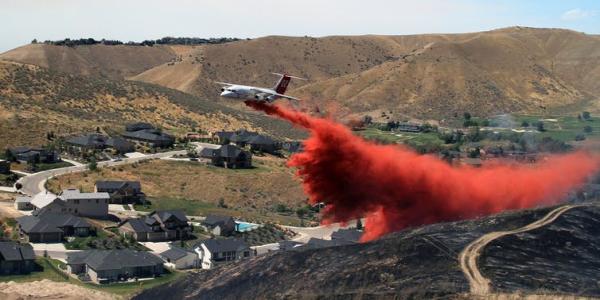The COVID-19 pandemic is disrupting everyone’s lives—and students at the University of Colorado Boulder are no exception. From moving off campus to adjusting to classes online, the lives of students have turned upside down in a relatively short period of time.
We invited students and faculty to document their experience transitioning to remote learning. Here is what one of them said:
Teaching in person and teaching online aren’t the same thing, but they’re both teaching. It’s like back when everyone was nervous about eBooks, Stephen King came along and said it doesn’t matter how the story gets into your head and your heart, so long as it makes that important journey.
The transition to an online format two-thirds of the way through the semester has been a tricky maneuver across campus, yes. Any major overhaul in the midst of a semester would be. What the transition has meant for the two courses I’m leading is leaning on our learning management system even more than we already were and working in videoconferencing where and when applicable.
The world won’t be the same after this, but people will still want to come together in whatever way they can to talk about their heart’s work."
Having had the opportunity to teach online before, this wasn’t as complete a reconception as it could have been. But there are still daily adjustments, of course. One thing we’ve had to adapt to is the suddenly quaint notion of “class meeting time.” When everyone is having to practice social distancing, time zones and jobs and family and childcare and health issues make a student’s availability difficult to predict and harder to schedule.
So, instead of attempting to mimic classroom meeting time, all my assignments and interactions have now been open-ended—they don’t close until our last day of class. There are still due dates for certain projects, but those due dates were staked out in the first week of the semester.
The biggest change as the result of this transition—other professors I speak with say the same thing—has been that the workload is heavier. Part of not locking assignments and discussions to a certain time period means that those interactions don’t go over when the bell rings, and an explanation or a walk-through usually given at the front of a classroom can take more effort to get across online.
The biggest difference, perhaps, is that, at the end of class in a chalk and paper lecture hall, you can swirl your cape around dramatically and make a big exit out the side door, whereas, online, you have to make sure this talk got recorded, and then upload it, and then embed it, and then announce that you’ve placed it here, not there.
What I miss most about being on campus, though? The printing, the copying, talking to students and colleagues and staff in the hall, and just walking around in a place where curiosity and learning is putting that good shine in everyone’s eyes.
We’ll be back to that at some point, I know. The world won’t be the same after this, but people will still want to come together in whatever way they can to talk about their heart’s work. Until then, and maybe after then as well, we’ll be doing that online, probably at all hours, and then some.
I would go on, but I have to be in a department meeting via videoconference now.
It’s going to be good to see other faces.



